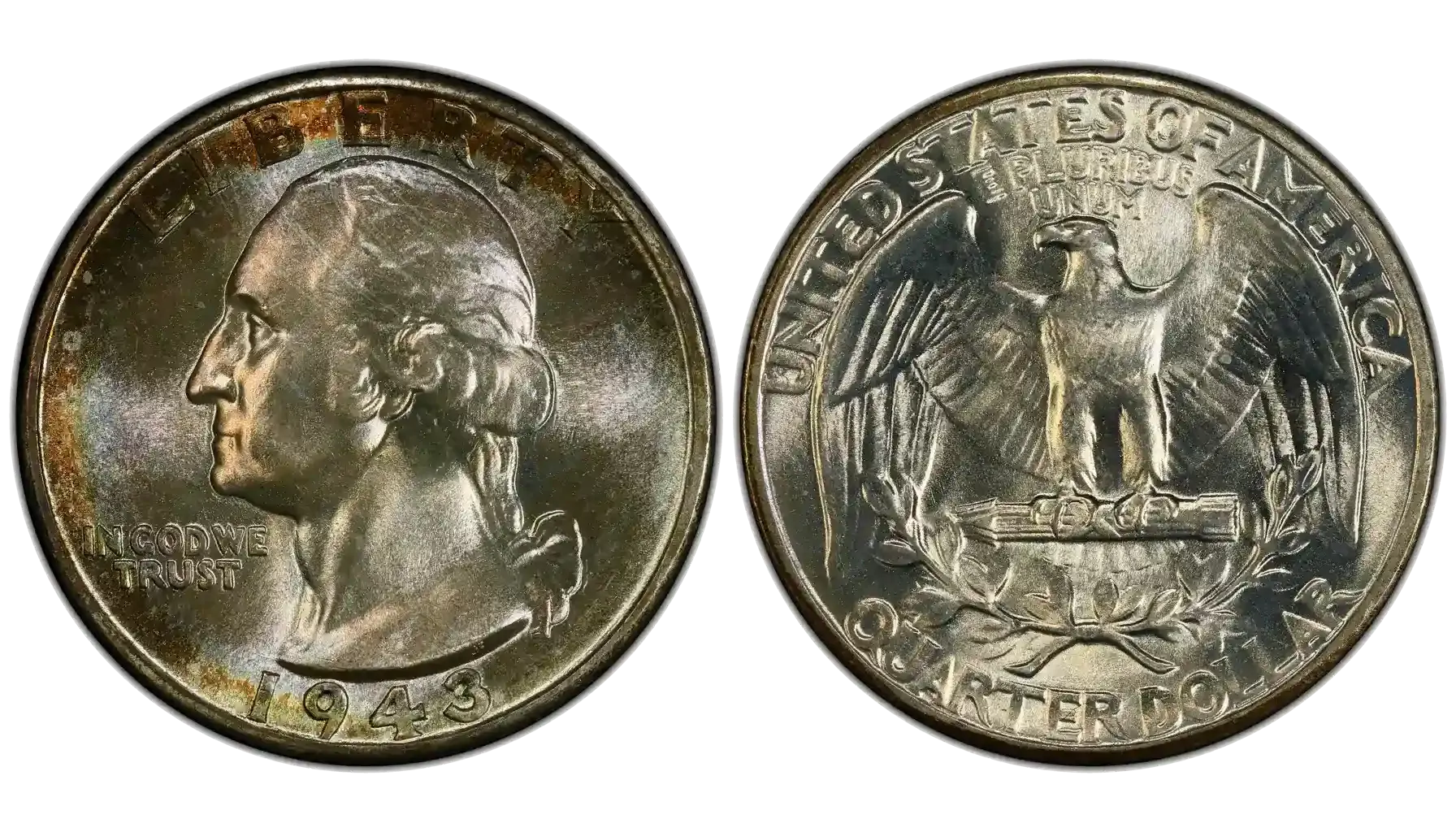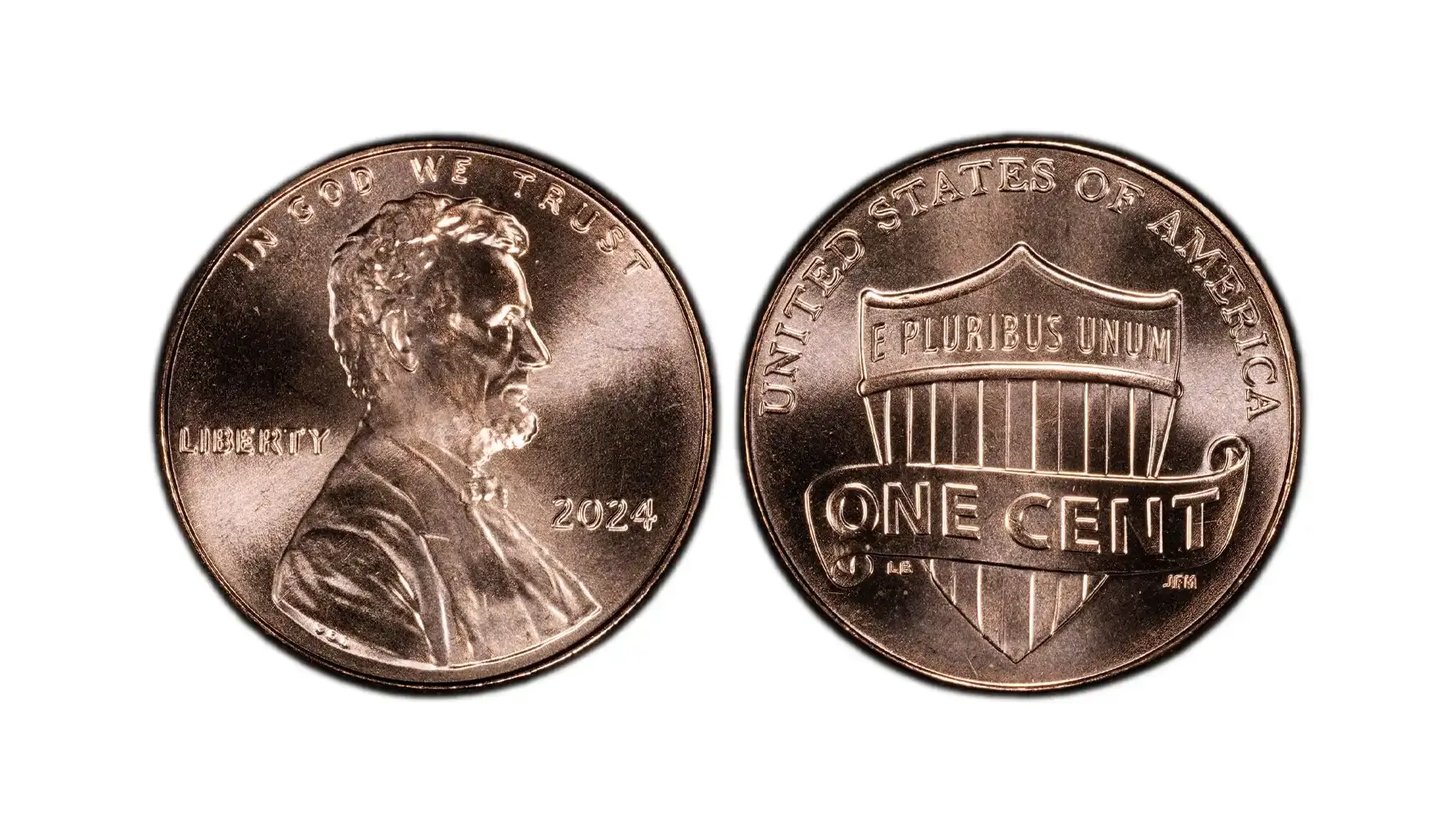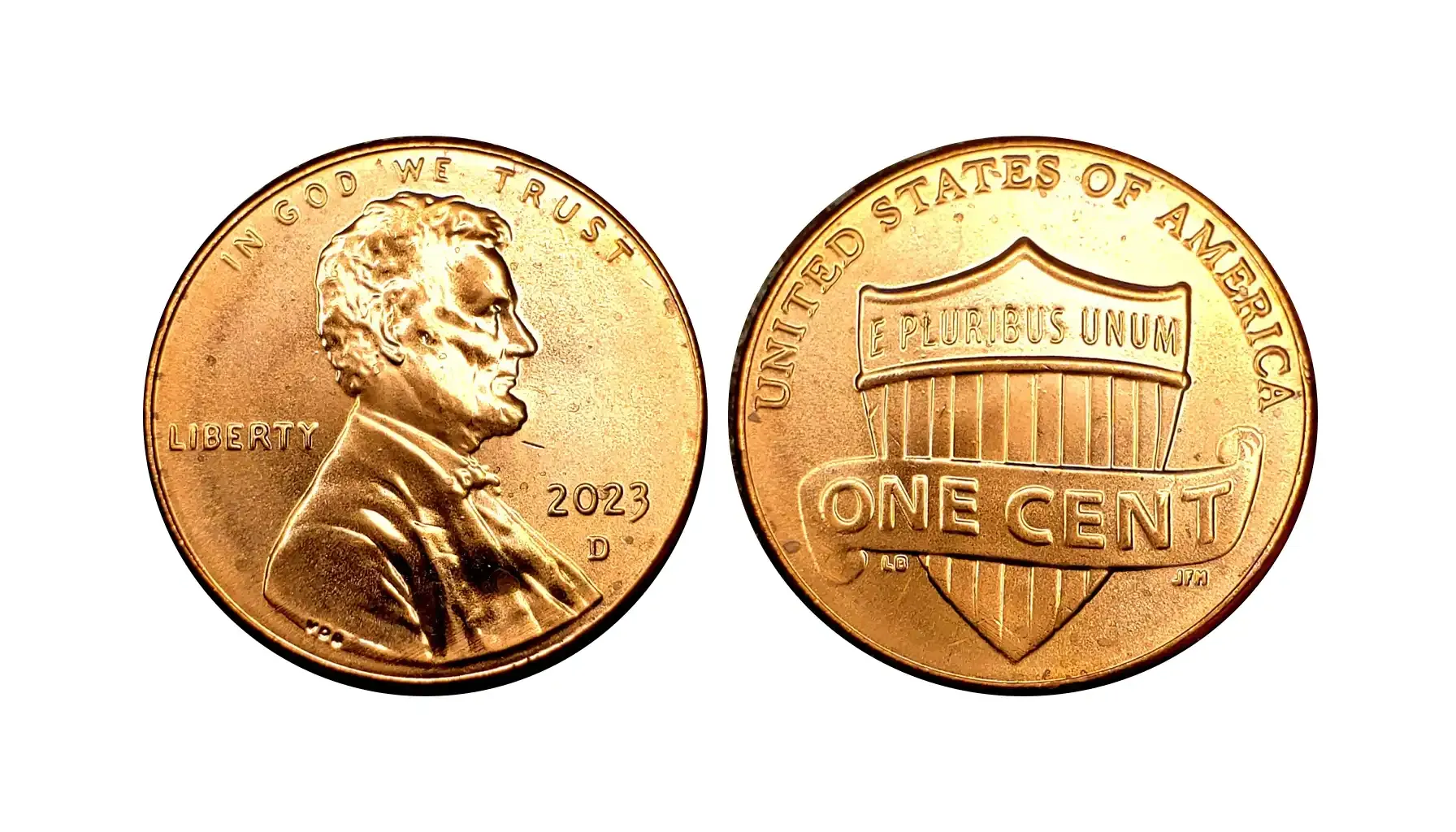Contents:
As soon as the coin is released, its path into the annals of numismatic history commences at once. Some units of currency gain popularity while still fresh from circulation, but others need time to be recognized by the public, no matter how peculiar their designs or origins may be.
The 2022 Lincoln penny is a great example of a recently minted piece that can be quite ordinary to the untrained eye, yet still captures some of the most intriguing mint errors of the past. Let us briefly review which errors identify this coin as a valuable asset and how to evaluate it on the spot. Even the newest coins can be of particular interest – especially if you know what to look for.
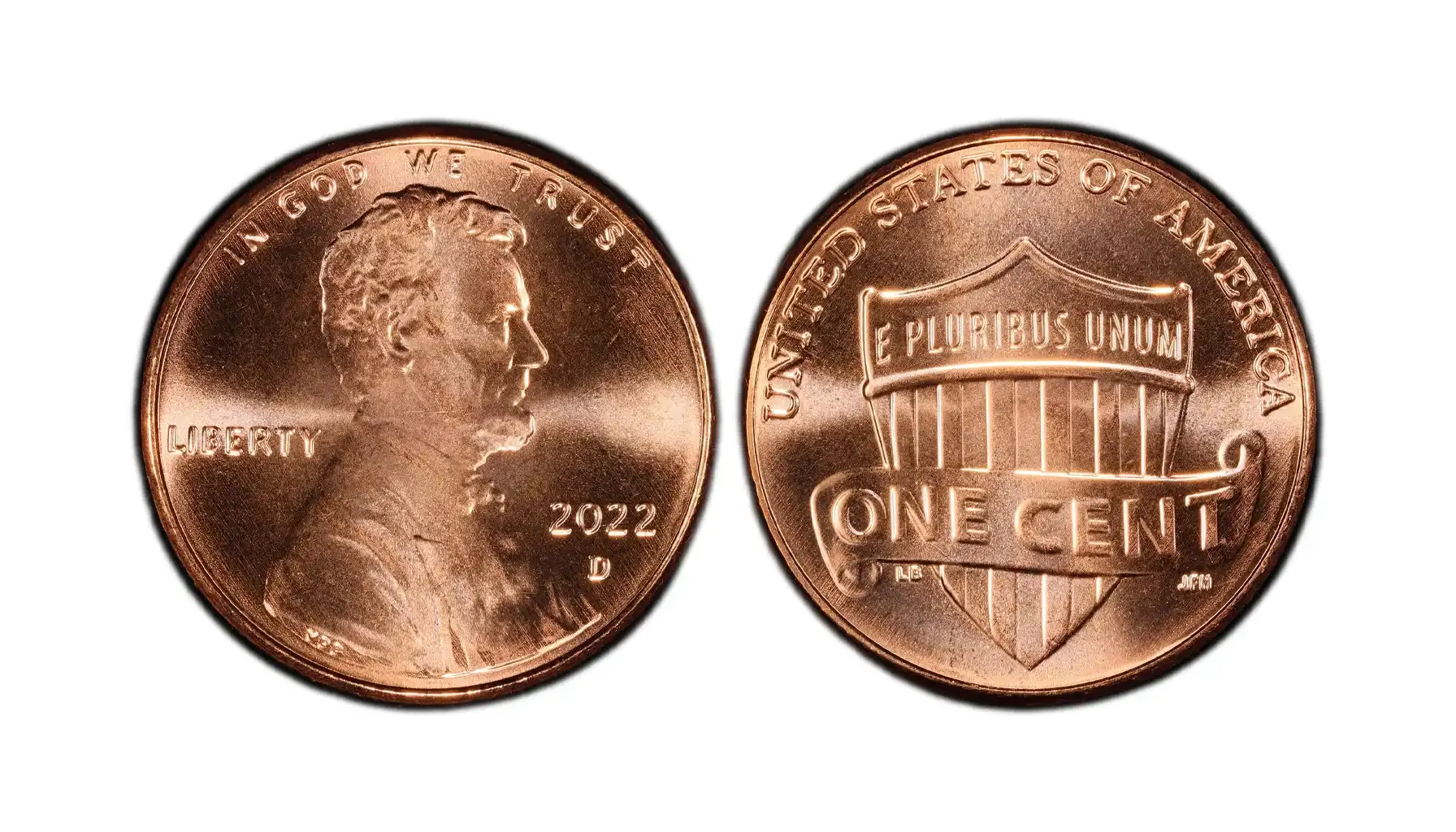
Overview of the Lincoln Penny 2022
The 2022 Lincoln penny is a part of the current Lincoln Shield Cent series, first introduced in 2010, having followed the suspension of the previous programs, i.e., the Lincoln Memorial and the renowned Wheat Cents (see the 1909 VDB penny, the first of its kind). In 2022, the US Mint released three primary iterations of the penny, which included:
2022 Penny No Mint Mark (Philadelphia Mint): 3,129,200,000 pieces struck
2022 D Penny (Denver Mint): 3,230,400,000 pieces
2022 S Penny Proof (San Francisco Mint): 649,365 pieces
Obverse Design: The obverse features a right-facing bust of President Abraham Lincoln, designed by Victor David Brenner in 1909, as well as the inscriptions “IN GOD WE TRUST” across the top, “LIBERTY” to the left of Lincoln’s profile, the year “2022” from the right side, and a mint mark just below the date.
Reverse Design: The reverse, on its part, displays a Union Shield with 13 vertical stripes, which altogether represent the original colonies joined as one nation. The inscriptions, presented on this side, include “UNITED STATES OF AMERICA” along the top edge, “E PLURIBUS UNUM” on the horizontal bar across the shield, “ONE CENT” featured on the ribbon on top of the shield, and the initials of the designers, “LB” and “JFM”, from either side.
Specifications | |
Series | Lincoln Shield Cent |
Minting Period | 2010 till present |
Date | 2022 |
Designers | Obverse: Victor D. Brenner Reverse: Lyndall Bass (design), Joseph Menna (sculpt) |
Composition | 97.5% zinc, 2.5% copper (copper-plated zinc) |
Weight | 2.5 grams |
Diameter | 19.05 mm (0.75 inches) |
Thickness | 1.52 mm (0.0598 inches) |
Edge | Plain |
Mint Marks | No mint mark for Philadelphia “D” for Denver “S” for San Francisco (proofs only) |
Finish Types | Business Strike (P, D) Proof (S) |
A Complete 2022 Penny Error List with Pictures
No coin is immune to imperfections. During the minting process, there might appear slight (or, vice versa, severe) deviations from the standard design, and noticing them on time may bring fortune to their owners. Although the 2022 D penny error list with pictures can be quite extensive, we have mentioned only those that hold great potential to grow in value over time.
Die Break: “Wounded Lincoln” (a.k.a. Shot in the Head)
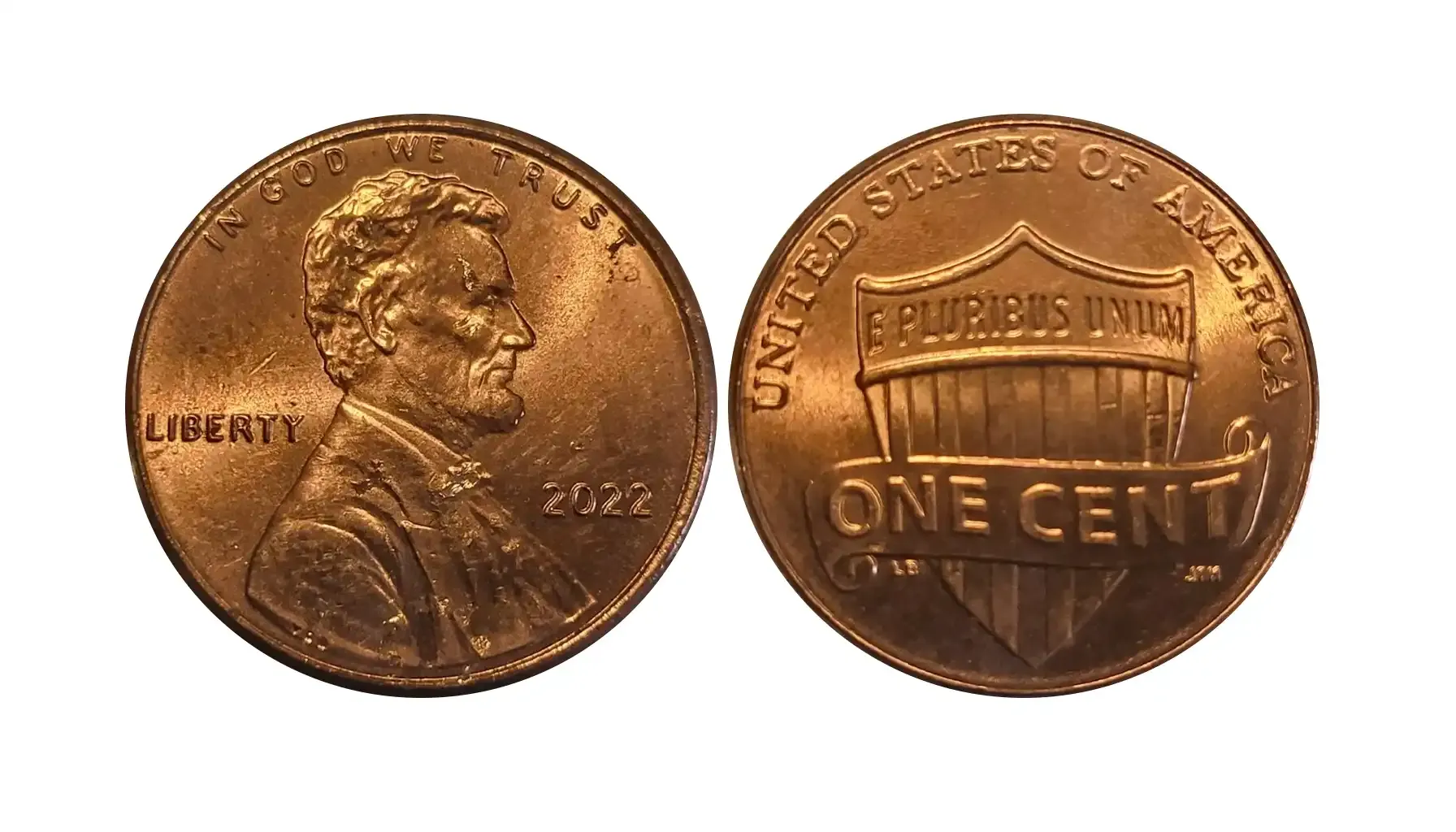
Estimated Value: $600
Sometimes, among the 2022 D penny errors, one may notice die breaks that appear through Lincoln's head, which creates an illusion of a bullet wound. This is one of the most impressive deviations born in 2022 that has been discovered so far. Such a paradox, though.
Clipped Planchet Error
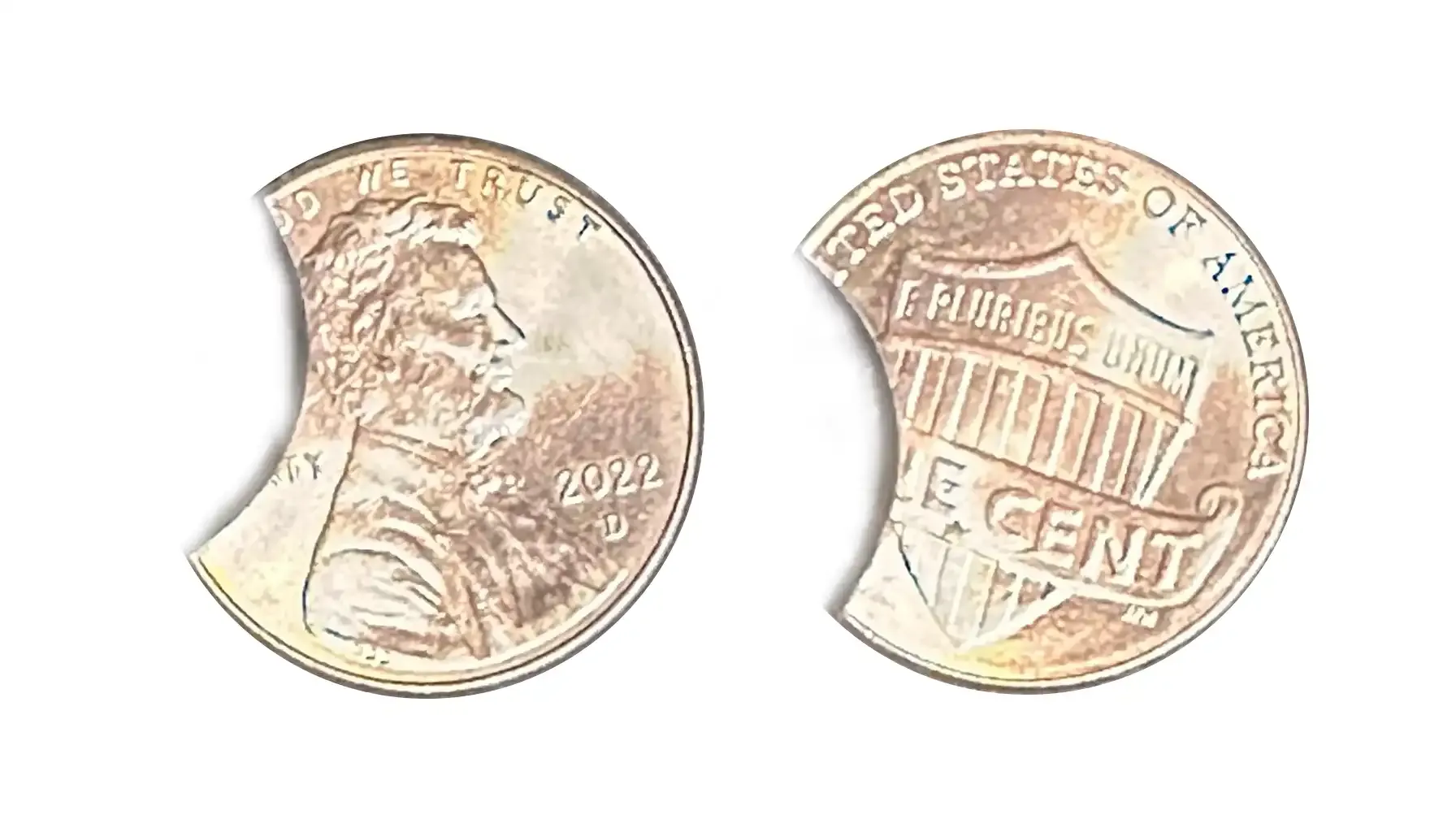
Estimated Value: $275
Such an error usually occurs when the blank metal strip is misfed into the blanking press, which is to result in a curved section missing. This is why such a numismatic creation is typically called a “clipped” coin. The severity, supported by the ease of recognition, matters most of all.
Defective Planchet (Laminated or Cracked Surface)
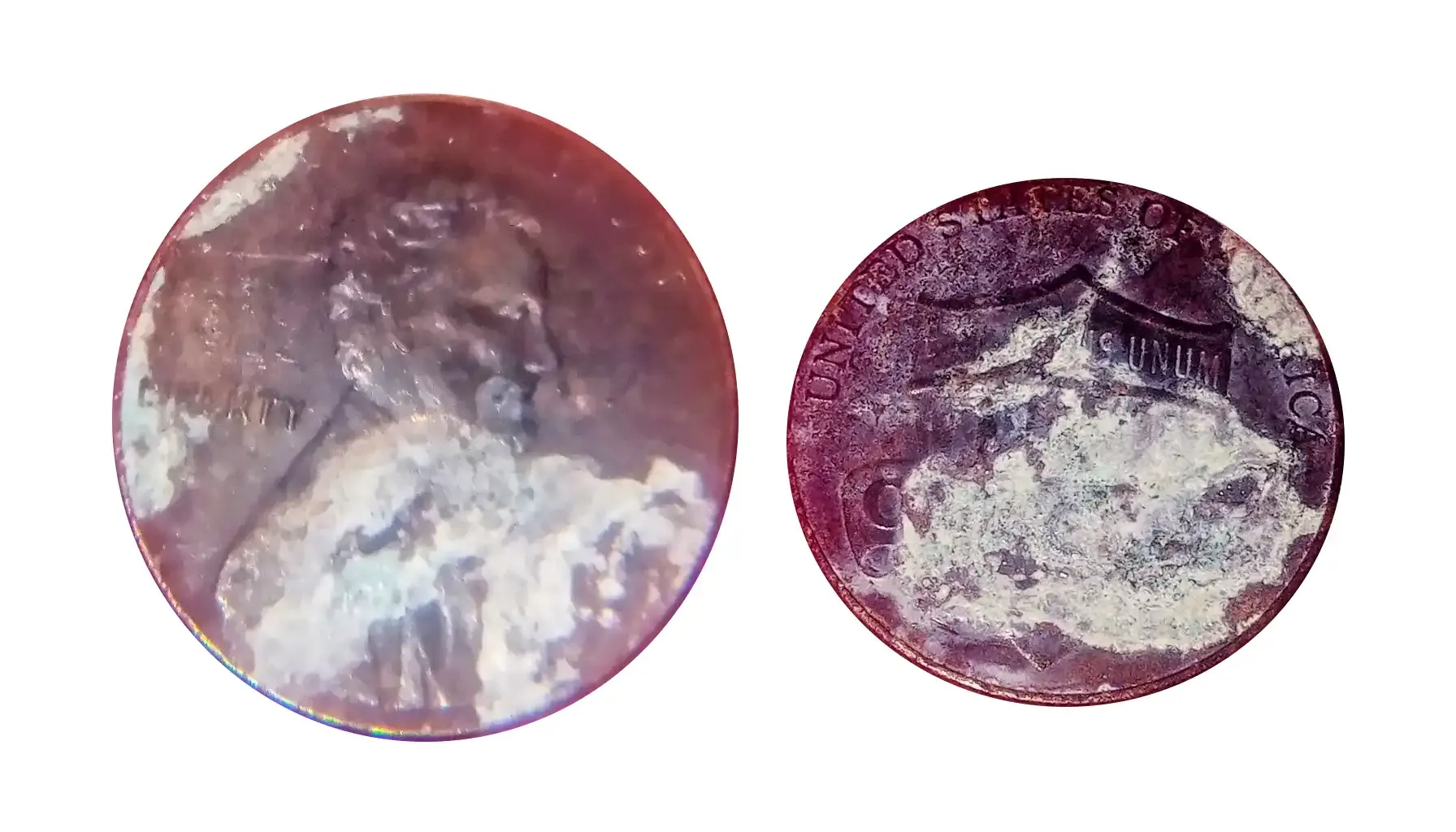
Estimated Value: $150
Design features are not the only attributes that may suffer from production flaws. At times, these may affect the entire appearance of the coin, leading to peeling, cracks, or rough patches all along. In this particular example, one may see the 2022 error penny with a zinc core exposed.
Doubled Die Obverse (DDO)
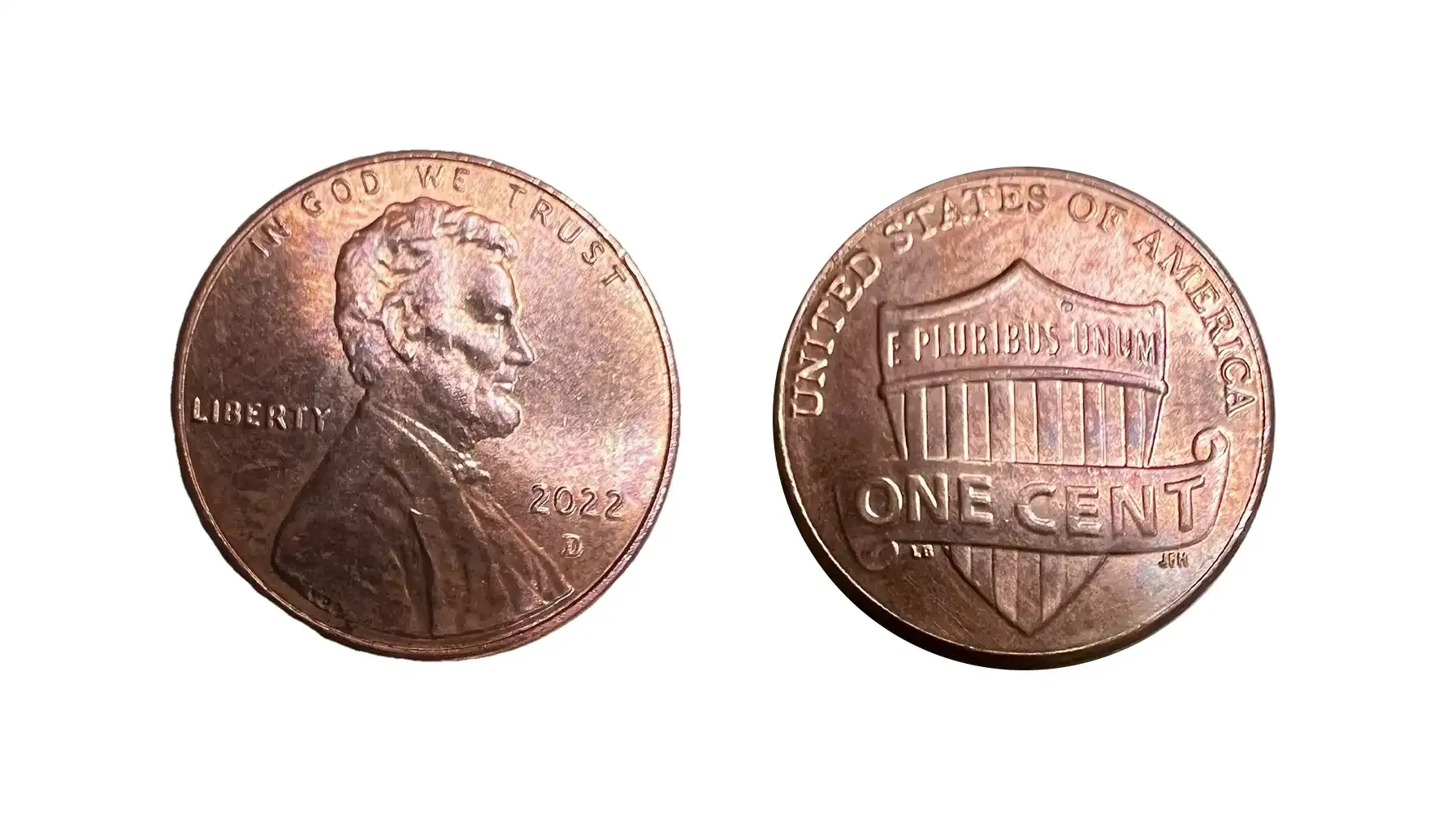
Estimated Value: $100
The 2022 double die penny is by far the most recognizable deviation from the list and, probably, the most popular error that has ever existed. Notwithstanding the fact that it is a product of the mainstream, collectors strive to obtain a coin with noticeable doubling on the obverse inscriptions, often seen in "LIBERTY", the date, or "IN GOD WE TRUST".
Related article: Top Double Die Pennies: Identify, Value, and Collect Rare Errors
Off-Center Strike
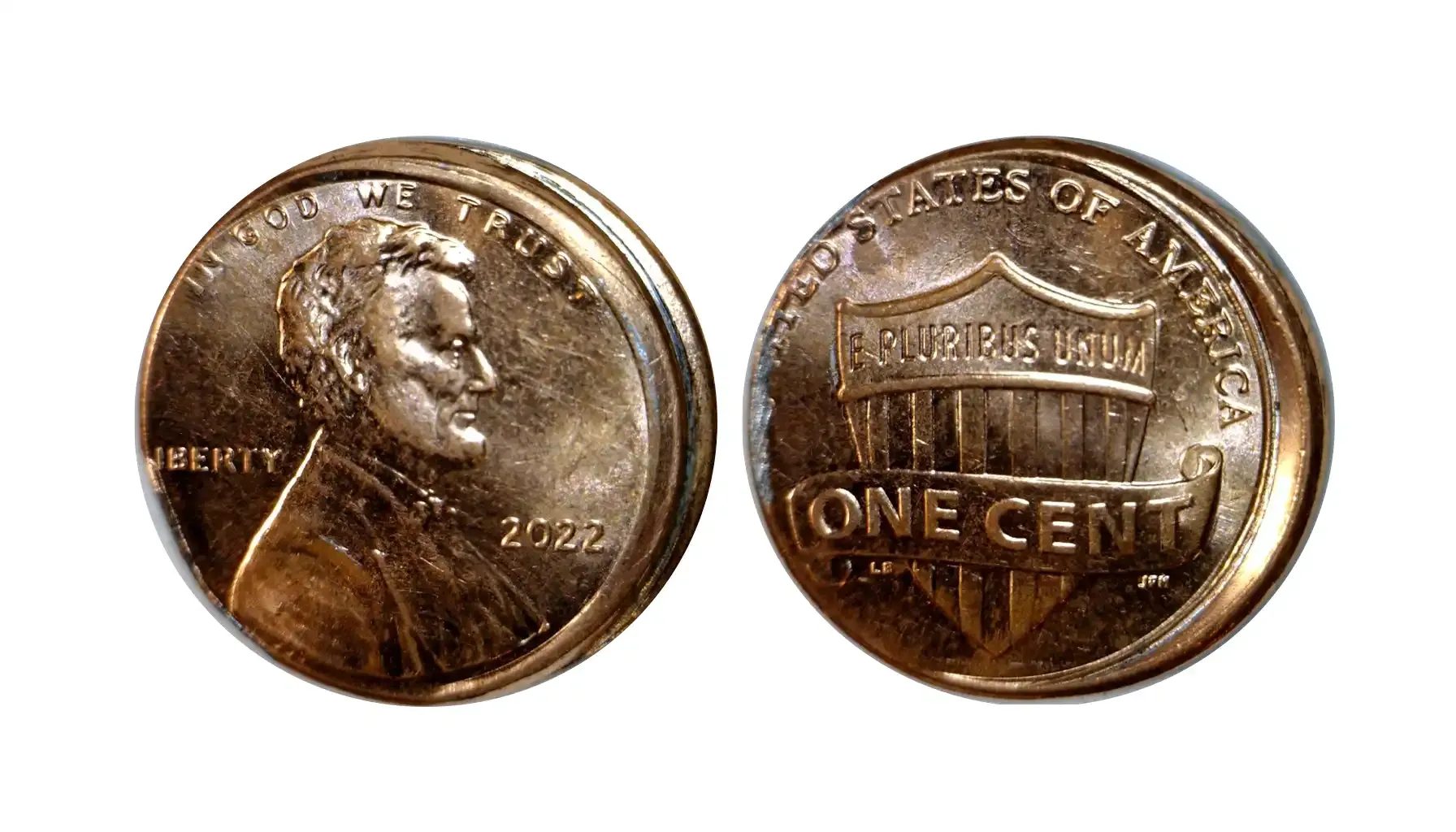
Estimated Value: $90
When it comes to the misaligned errors, one may definitely come up with an off-center strike, i.e., the flaw that features a slightly/severely disarranged design on the surface. However, it is not as simple as it seems: the value increases ONLY when the date and mint mark are still visible.
Doubled Die Reverse (DDR)
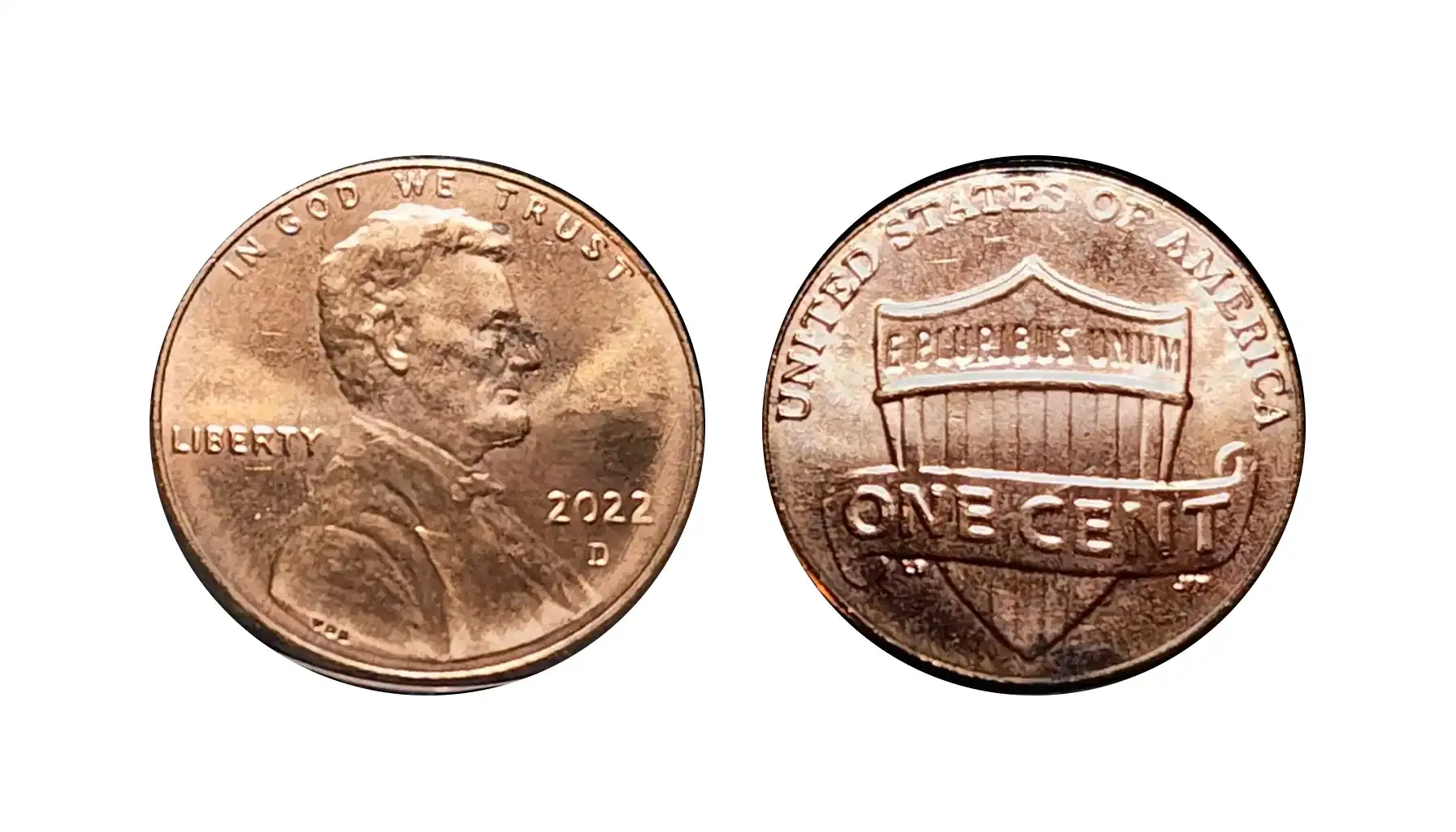
Estimated Value: $80
Finally, here is a deviation that is similar to DDO, but appears on the reverse instead, visible particularly in "ONE CENT" or "E PLURIBUS UNUM". This, however, is a rarer opportunity, with a lower potential to become an overly collectible unit in the future.
How Much Is a 2022 Penny Worth? Current Values Explained
The most obvious fact is that the average 2022 no mint mark penny, as well as other iterations, are worth just one cent, yet a small number can be worth more, especially when they bear errors, proof finishes, or are of high grades.
Type / Grade | Circulated (VF–XF) | Uncirculated (MS60–MS65) | Gem/High Grade (MS66–MS68) | With Major Error |
2022 | $0.01 | $0.05 – $0.50 | $1 – $20 | $25 – $150+ |
2022-D | $0.01 | $0.05 – $0.50 | $1 – $15 | $25 – $150+ |
2022-S (Proof) | N/A | $2 – $4 | $5 – $15+ | $30 – $100+ |
Note: The 2022 penny values listed above reflect typical market prices based on condition and demand. Auction prices are not included, for they can fluctuate due to bidding wars, emotional interest, or short-term trends and do not always represent stable market value. To learn more about your collection, refer to Coin ID Scanner, an all-encompassing tool to identify and manage collections in one place. One tap – and that is it!
Modern numismatic creations can be surprisingly valuable. But the smartest collectors follow only one rule: collect what you love.

